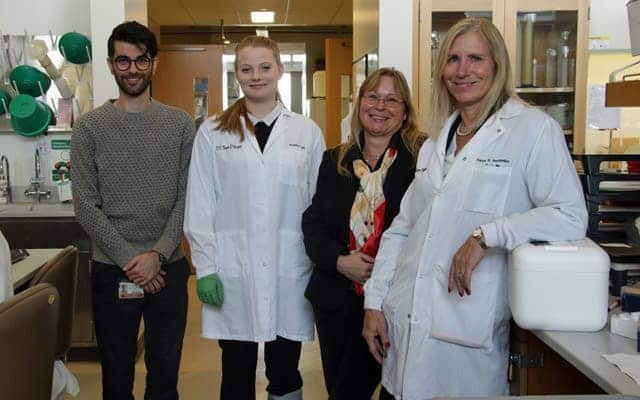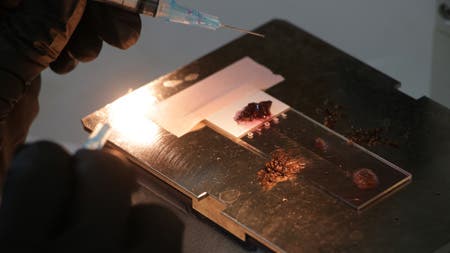Researchers have isolated the most promising compounds for dealing with malaria.

There have been 219 million malaria cases in 2017, and the number is on the rise, according to the World Health Organization. The disease has killed over 400,000 people last year alone, and prevention and treatment methods remain difficult to implement at a large scale.
“It’s difficult for many people to consistently sleep under mosquito nets or take a daily pill,” says Elizabeth Winzeler, PhD, professor of pharmacology and drug discovery at University of California San Diego School of Medicine. “We’ve developed many other options for things like birth control. Why not malaria? The malaria research community has always been particularly collaborative and willing to share data and resources, and that makes me optimistic that we’ll soon get there too.”
Most malaria drugs focus on treating the symptoms of the disease once it has infected the body. Not only is this not doing all that much to prevent the infection spread, but the parasite is also starting to develop drug resistance to several treatments.
“In many ways, the search for new malaria drugs has been a search for something akin to aspirin — it makes you feel better but doesn’t necessarily go after the root of problem,” Winzeler adds.
[panel style=”panel-danger” title=”Plasmodium” footer=””]Malaria is caused by a single-celled parasite called Plasmodium, which is neither a virus nor a bacteria. Plasmodium multiplies in red blood cells of humans as well as in the mosquito intestine and is spread by the Cules and Anopheles mosquitoes.[/panel]

In a study recently published in Science, Winzeler and colleagues took a different approach: they spent two years extracting various strains of malaria parasites and systematically exposed them to over 500,000 chemical compounds to see what works best against them. After millions of tests, they selected the 631 most promising ones.
Their aim is to tackle malaria at an early stage, before the infection sets out through the body. Essentially, when the female mosquito feeds on an infected person, both male and female forms of the parasite are ingested along with human blood. The male and female forms of the parasite meet and mate in the mosquito’s gut and are passed to another human who is bitten by the same mosquito. However, before the parasite starts to multiply in the bloodstream and make people sick, it infects the liver — this is where researchers want to strike.
As you’d expect, testing all of these compounds took a long time — a really long time.
“In a good week, we’d be able to test 20,000 compounds,” Winzeler said, “but of course many of the mosquitoes we received would be dried out, frozen or covered in fungus.”
It was a painstaking work, but after all of this, researchers successfully identified the promising compounds. Even better, they decided to not patent any of these compounds. Instead, they’re making it available to all interested groups for further research.
“It’s our hope that, since we’re not patenting these compounds, many other researchers around the world will take this information and use it in their own labs and countries to drive antimalarial drug development forward,” Winzeler said.
In the meantime, Winzeler and colleagues will continue to study these compounds themselves. This is still very far from being a final drug or vaccine, but it is the most comprehensive study of its kind to date, and researchers hope that it can lay the foundation for new, efficient ways of dealing with malaria.


